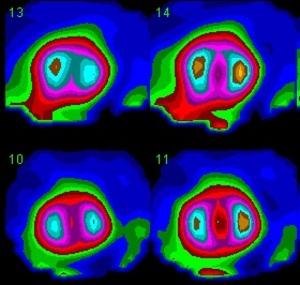Explanation of Your Blood Pressure Reading
If you’ve ever wondered exactly what your blood pressure reading means, you’re not alone. Most people would prefer a simple explanation of your blood pressure reading, and even simpler answers as to how to improve your blood pressure reading, especially if it’s particularly high. For a simple explanation of your blood pressure reading and solid ...


